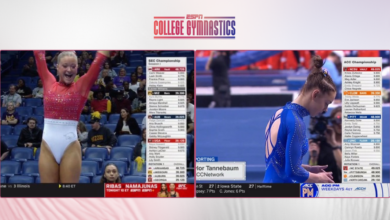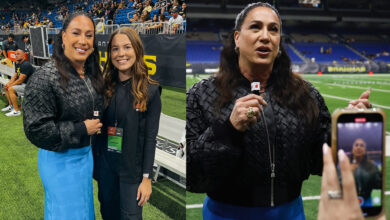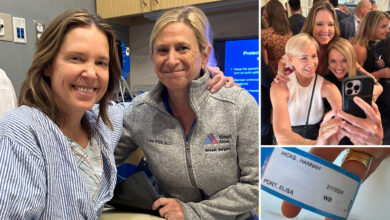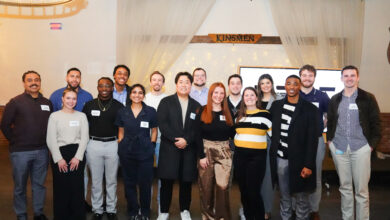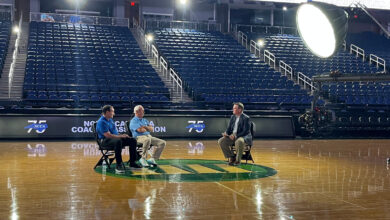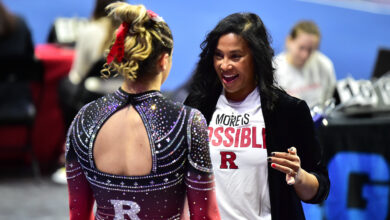Versatile home to Mike&Mike, First Take, NFL Live, and NFL 32, Studio E upgraded during Super Bowl ‘break’
Last week, ESPN aired more than 120 hours of television and radio from the site of Super Bowl XLVII in New Orleans, La.
With Studio E staples Mike & Mike In The Morning, NFL Live and NFL 32 producing remote shows from the French Quarter, there was just enough time to give one of ESPN’s most versatile Digital Center 1 workspaces a “refresh.”
In less than 48 hours on Jan. 29 and 30, Studio E was retrofitted with the latest-generation cameras, monitors and set lighting — a task made possible by the Super Bowl road shows and First Take’s flexibility.
“It is rare that we move NFL programming to any other studio, especially since a show like NFL 32 has a specific set built for them in Studio E,” said Sara Nasshan, a senior resource coordinator who handled the request to clear Studio E for two full days to accommodate a full camera replacement.
“The only live show in the studio was First Take, and their team was very flexible,” she said. “They agreed to move the show to Studio A on two dates to accommodate this work in Studio E. Smart timing and flexible show units help make moves like this happen.”
The upgrades involved — among other things — replacing fluorescent fixtures with more efficient, more controllable light emitting diodes (LEDs) on the set. New LED monitors replaced less-efficient ones. As a result, viewers will see crisper images on the set monitors and better lighting of the set.
The absence of Studio E’s regular shows presented a needed opportunity.
“Studios never go dark, that’s the problem,” Zach Maura, systems engineer, engineering and project manager for the upgrades. The project had been in the works since October 2012.
Studio E now also serves as a “science lab” of sorts: ESPN’s Technology and Production Operations will evaluate these cameras in on-air situations for potential use in Digital Center 2, the new home of SportsCenter scheduled to open a year from now.
While the shows have returned to their Bristol home with their new toys in place, the transition still had its challenges.
“We were already behind eight hours when we started,” said Erik Barone, associate operations specialist. “They weren’t sure the new cameras would talk with the old lenses. Thanks to some ingenuity and a bit of luck, everything works how it should.”
